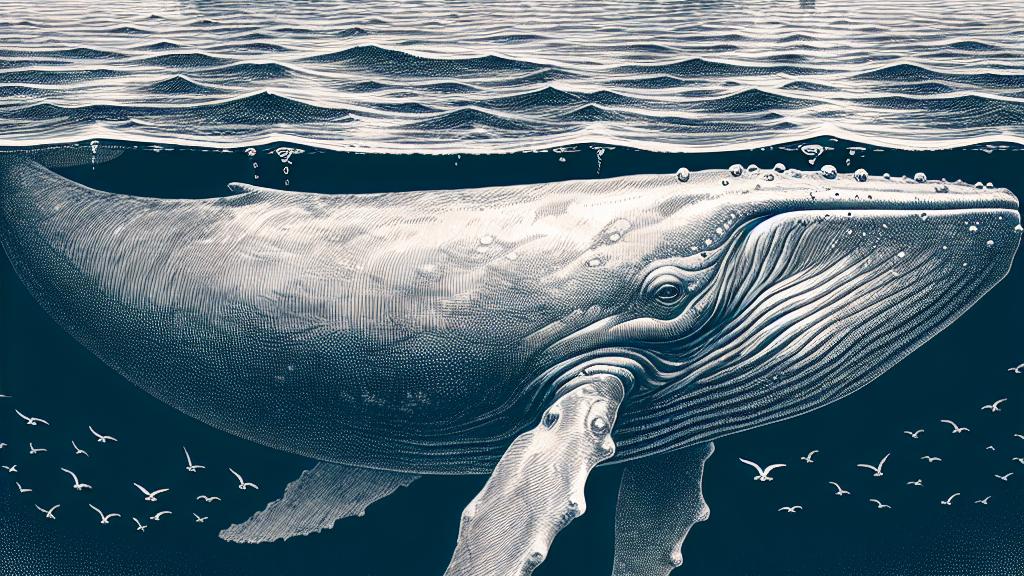Mapping the Risks of Whale Collisions with Ships
Overview
- Groundbreaking maps highlight high-risk zones for whale-ship collisions globally.
- Vessel speed limits and strategic rerouting can significantly save whale lives.
- Alarmingly, 92% of major whale habitats overlap with busy shipping routes.

Understanding the Threat
Whale-ship collisions pose an escalating threat to the survival of many majestic whale species, particularly the awe-inspiring blue, fin, humpback, and sperm whales. Imagine a colossal blue whale gliding gracefully beneath the waves, totally unaware of the peril posed by a towering cargo ship slicing through the ocean above. This heart-wrenching scenario is all too real, especially in heavily trafficked areas like the U.S. West Coast, the Mediterranean Sea, and the northern Indian Ocean, where the chances of such tragic encounters skyrocket. Research indicates that thousands of whales are lost each year due to these accidents, creating a disturbing statistic that calls for immediate action to bolster protective measures in areas where these gentle giants roam.
Insights from Recent Research
A pivotal study led by a diverse team of experts has successfully painted a detailed picture of whale collision risks on a global scale. The findings are staggering: roughly 92% of the migratory routes of blue, fin, humpback, and sperm whales overlap alarmingly with major shipping lanes! Yet, despite this serious risk, only a mere 7% of the high-risk zones have implemented effective safety measures, such as speed limits or rerouting strategies. A telling example can be seen in many marine protected areas, which, despite their purpose of safeguarding these magnificent creatures, often lack the necessary protective protocols. This highlights the urgency for action-oriented conservation strategies that prioritize whale protection and the preservation of their habitats.
Moving Forward with Solutions
To truly safeguard our whales, collaboration among countries that share these migratory routes is essential. An inspiring success story is California's Whale Safe initiative—a program that encourages vessels to slow down in critical habitats, particularly in the bustling Santa Barbara Channel, as whales migrate and feed. Thanks to this proactive approach, there has been a noticeable decline in collision rates, sparing the lives of many of these incredible marine giants. Imagine the transformative impact if such collaborative conservation efforts were to proliferate globally! Additionally, innovative tools like NOAA's vessel speed compliance dashboard empower authorities to monitor and adapt protection strategies effectively. The success achieved in local programs not only lays the groundwork for better practices but also shines a light on the potential for a unified international effort devoted to the conservation of whales along their migratory superhighways.

Loading...